Ian F. Akyildiz
Tera-SpaceCom: GNN-based Deep Reinforcement Learning for Joint Resource Allocation and Task Offloading in TeraHertz Band Space Networks
Sep 12, 2024



Abstract:Terahertz (THz) space communications (Tera-SpaceCom) is envisioned as a promising technology to enable various space science and communication applications. Mainly, the realm of Tera-SpaceCom consists of THz sensing for space exploration, data centers in space providing cloud services for space exploration tasks, and a low earth orbit (LEO) mega-constellation relaying these tasks to ground stations (GSs) or data centers via THz links. Moreover, to reduce the computational burden on data centers as well as resource consumption and latency in the relaying process, the LEO mega-constellation provides satellite edge computing (SEC) services to directly compute space exploration tasks without relaying these tasks to data centers. The LEO satellites that receive space exploration tasks offload (i.e., distribute) partial tasks to their neighboring LEO satellites, to further reduce their computational burden. However, efficient joint communication resource allocation and computing task offloading for the Tera-SpaceCom SEC network is an NP-hard mixed-integer nonlinear programming problem (MINLP), due to the discrete nature of space exploration tasks and sub-arrays as well as the continuous nature of transmit power. To tackle this challenge, a graph neural network (GNN)-deep reinforcement learning (DRL)-based joint resource allocation and task offloading (GRANT) algorithm is proposed with the target of long-term resource efficiency (RE). Particularly, GNNs learn relationships among different satellites from their connectivity information. Furthermore, multi-agent and multi-task mechanisms cooperatively train task offloading and resource allocation. Compared with benchmark solutions, GRANT not only achieves the highest RE with relatively low latency, but realizes the fewest trainable parameters and the shortest running time.
Realizing RF Wavefront Copying with RIS for Future Extended Reality Applications
Jun 11, 2024



Abstract:Lately a new approach to Extended Reality (XR), denoted as XR-RF, has been proposed which is realized by combining Radio Frequency (RF) Imaging and programmable wireless environments (PWEs). RF Imaging is a technique that aims to detect geometric and material features of an object through RF waves. On the other hand, the PWE focuses on the the conversion of the wireless RF propagation in a controllable, by software, entity through the utilization of Reconfigurable Intelligent Surfaces (RISs), which can have a controllable interaction with impinging RF waves. In that sense, this dynamic synergy leverages the potential of RF Imaging to detect the structure of an object through RF wavefronts and the PWE's ability to selectively replicate those RF wavefronts from one spatial location to wherever an XR-RF mobile user is presently located. Then the captured wavefront, through appropriate hardware, is mapped to the visual representation of the object through machine learning models. As a key aspect of the XR-RF's system workflow is the wavefront copying mechanism, this work introduces a new PWE configuration algorithm for XR-RF. Moreover, it is shown that the waveform replication process inevitably yields imprecision in the replication process. After statistical analysis, based on simulation results, it is shown that this imprecision can be effectively modeled by the gamma distribution.
Task-Oriented Mulsemedia Communication using Unified Perceiver and Conformal Prediction in 6G Metaverse Systems
May 14, 2024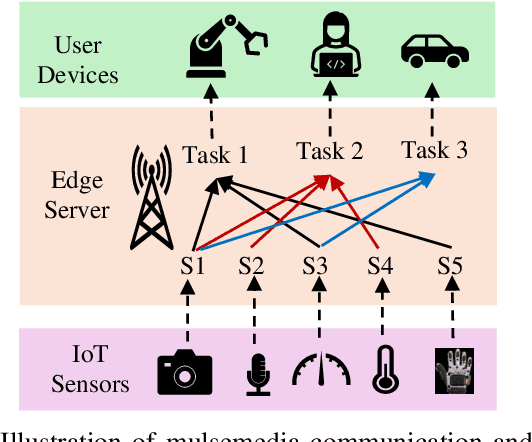

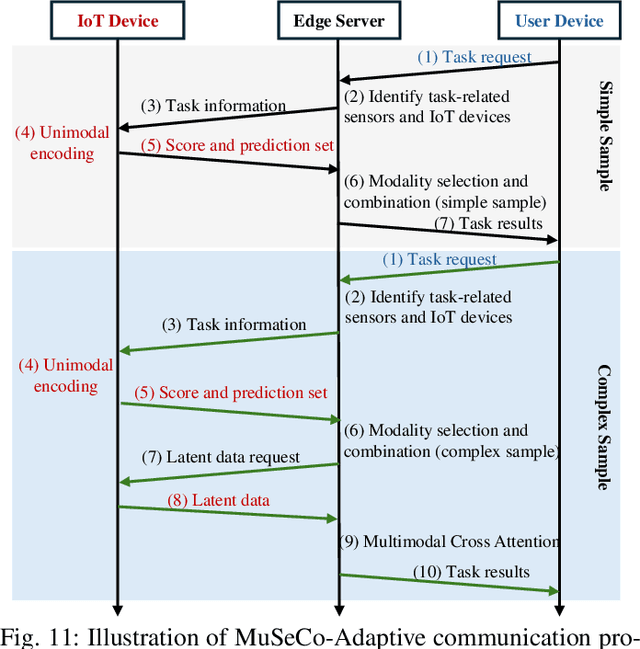
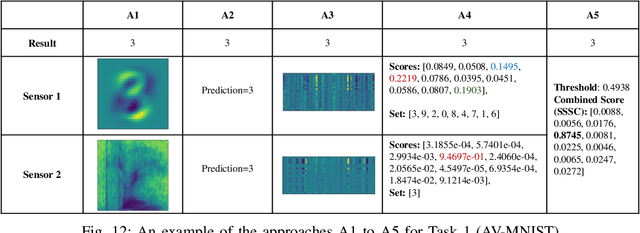
Abstract:The growing prominence of extended reality (XR), holographic-type communications, and metaverse demands truly immersive user experiences by using many sensory modalities, including sight, hearing, touch, smell, taste, etc. Additionally, the widespread deployment of sensors in areas such as agriculture, manufacturing, and smart homes is generating a diverse array of sensory data. A new media format known as multisensory media (mulsemedia) has emerged, which incorporates a wide range of sensory modalities beyond the traditional visual and auditory media. 6G wireless systems are envisioned to support the internet of senses, making it crucial to explore effective data fusion and communication strategies for mulsemedia. In this paper, we introduce a task-oriented multi-task mulsemedia communication system named MuSeCo, which is developed using unified Perceiver models and Conformal Prediction. This unified model can accept any sensory input and efficiently extract latent semantic features, making it adaptable for deployment across various Artificial Intelligence of Things (AIoT) devices. Conformal Prediction is employed for modality selection and combination, enhancing task accuracy while minimizing data communication overhead. The model has been trained using six sensory modalities across four classification tasks. Simulations and experiments demonstrate that MuSeCo can effectively select and combine sensory modalities, significantly reduce end-to-end communication latency and energy consumption, and maintain high accuracy in communication-constrained systems.
TeraHertz Band Communication: An Old Problem Revisited and Research Directions for the Next Decade
Dec 25, 2021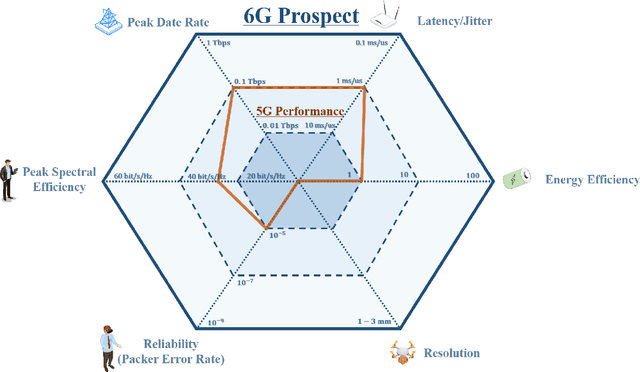
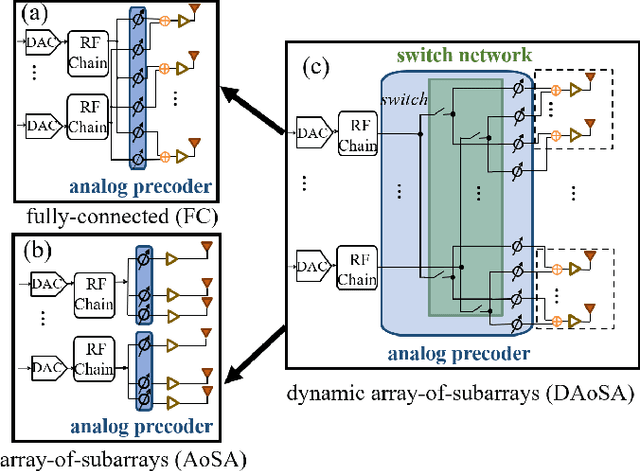
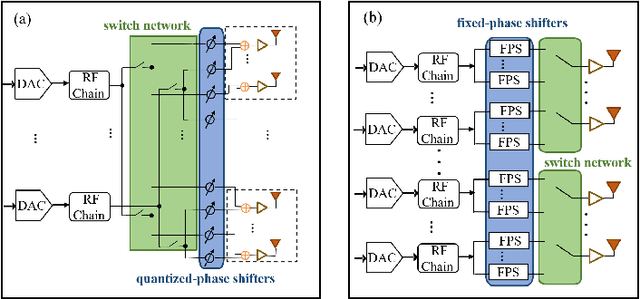
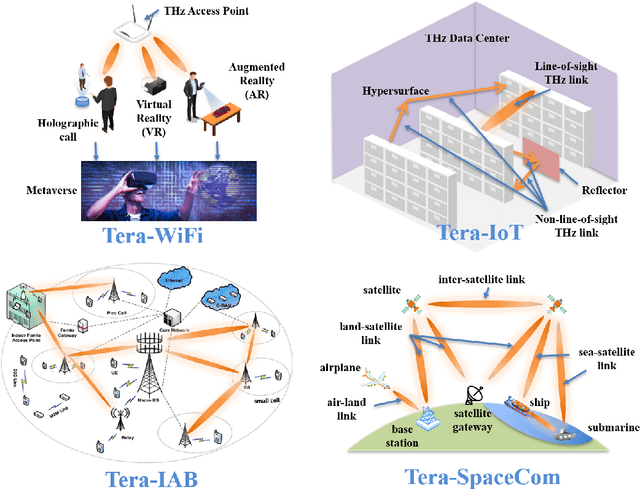
Abstract:TeraHertz (THz) band communications are envisioned as a key technology for 6G and Beyond. As a fundamental wireless infrastructure, THz communication can boost abundant promising applications. In 2014, our team published two comprehensive roadmaps for the development and progress of THz communication networks [1], [2], which helped the research community to start research on this subject afterwards. In particular, this topic became very important and appealing to the research community due to 6G wireless systems design and development in recent years. Many papers are getting published covering different aspects of wireless systems using the THz band. With this paper, our aim is looking back to the last decade and revisiting the old problems and pointing out what has been achieved in the research community so far. Furthermore, in this paper still to be investigated new research challenges for the THz band communication systems are presented by covering diverse subtopics such as from perspectives of devices, channel behavior, communication and networking problems, physical testbeds and demonstration systems. The key aspects presented in this paper will enable THz communications as a pillar of 6G and Beyond wireless systems in the next decade.
 Add to Chrome
Add to Chrome Add to Firefox
Add to Firefox Add to Edge
Add to Edge